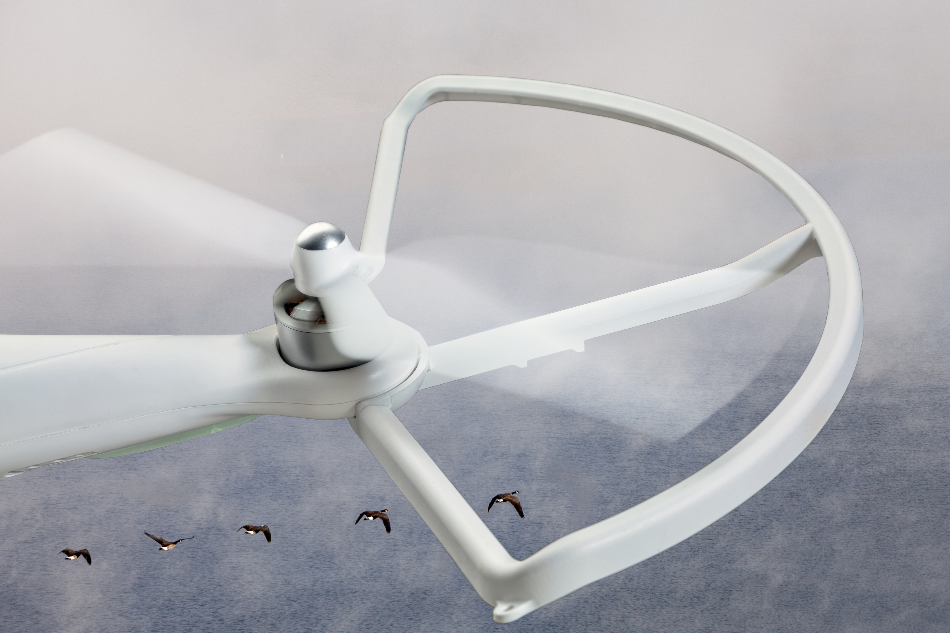
Image Credit: Shutterstock.com / marekuliasz
The immense proliferation of drones and the higher probability of recreational and commercial drones being used near wildlife create a new and possibly major source of disturbance to wild birds.
Such disturbance could impact protected and rare species, causing birds to waste energy and decrease their feeding time. In the worst-case scenario, birds might not use that area again, and be forced to search for food elsewhere, where feeding prospects may not be as good or the danger of predation may be higher.
This could be very detrimental during the cold winter months, when massive numbers of waterbirds arrive in Britain from the Arctic to feed up prior to the breeding season.
Researchers at BTO flew a commercially available quadcopter drone toward waterbird flocks in freshwater, coastal, and arable crop farmland habitations. While one scientist flew the drone at a regular speed and height toward the flock, another scientist watched the flocks via a telescope to record any reactions to the drone as it drew near, including signs of heightened alert levels, alarm calls, and taking flight.
The BTO researchers learned that larger flocks were more inclined to take flight than smaller flocks, and large flocks also flew further away from the drone than smaller flocks. This could be because in a larger flock, there is a probability of there being a sensitive bird—in nearly all cases, when one bird reacted to the drone, the entire flock followed.
The research group also discovered that the environment the birds were in had a deep effect on responses. Birds at inland lochs where there was already plenty of human activity did not respond to the drone, while birds at coastal areas were more probable to respond.
Birds in arable farmland were typically sensitive—flocks feeding in this environment are perhaps most vulnerable to disturbance because of the need to be on guard for predators.
While we expected that the drone would cause large flocks to flush, we were surprised that birds hardly seemed to respond to the drone at all at those inland lochs where there was already lots of human activity taking place. Hopefully this research can be used to help inform guidance and regulations on drone use in proximity to wild birds.
David Jarrett, Study Lead Author, British Trust for Ornithology
Britain hosts universally significant flocks of waterbirds outside the breeding season. Although drones have been thought to be beneficial in monitoring their numbers, the disturbance caused by monitoring activities has to be prudently assessed.
If drone use was to become more common at key sites of wintering waterbirds, and the birds did not adapt to this new form of disturbance, then the ensuing increases in energy expenditure and stress could negatively impact their populations.
Journal Reference
Jarrett, D., et al. (2020) Behavioural responses of non-breeding waterbirds to drone approach are associated with flock size and habitat. Bird Study. doi.org/10.1080/00063657.2020.1808587.